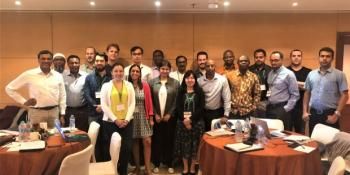New options for flood control could help during dry spells
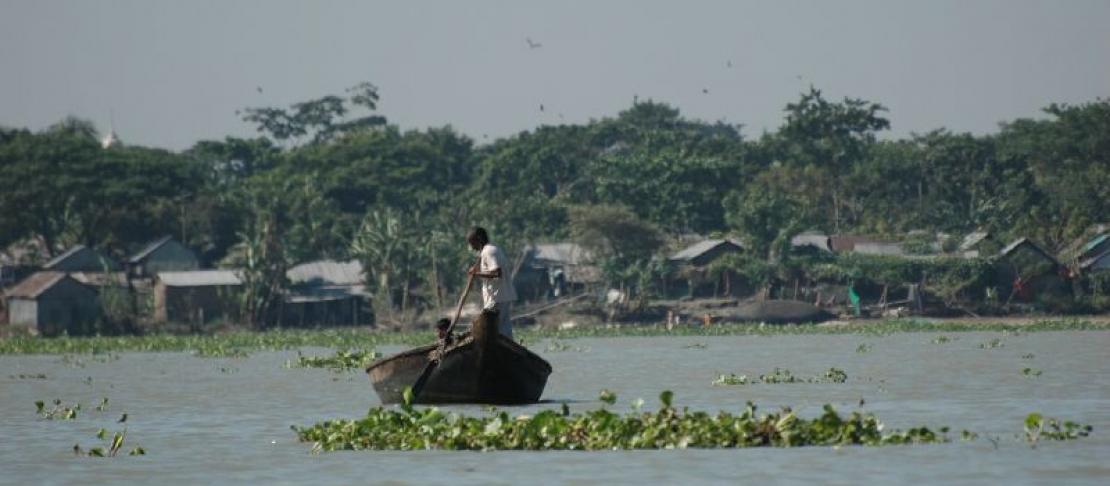
by Jeff Haskins and Dan Klotz
Last year’s record flooding in the Chao Phraya River’s watershed caused $40 billion in damages and left one third of Thailand—including parts of Bangkok, the capital and largest city—underwater for weeks. The prolonged media coverage, however, completely drowned out most recollections of the record drought that the country experienced in 2010.
For Thailand, managing the agricultural challenges presented by climate change means planning to handle both too much water and too little. One solution, Managed Aquifer Recharge (MAR), sets aside land in upstream areas of major rivers to “capture” floodwater and direct it into natural underground aquifers. With fully “charged” aquifers, farmers could then maintain rice yields during dry spells.
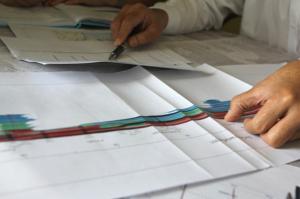
Matthew McCartney, principal researcher for the International Water Management Institute, and Theerasak Tangsutthinon of Thailand’s Department of Groundwater Resources led a tour of a MAR project 50km north of Bangkok that showed both the potential of this solution as well as the challenges it brings.
Many of the groundwater aquifers in the Chao Phraya watershed are mapped out in detail, with maps (above) showing where the groundwater is usable for irrigation (in blue) and where it is too brackish for crop use (in red). The key to an effective MAR system would be to channel the rainwater into non-brackish aquifers.
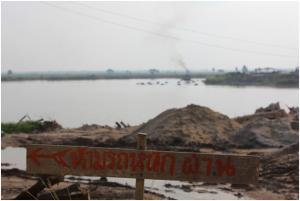
The pits dug out for sand provide natural candidates for MAR. The sand is used for construction projects in Bangkok; sandy areas provide the best geology for percolation into the groundwater. If the soil has too much clay, the water will be held in the reservoirs too long and does not reach the aquifers in sufficient quantities before evaporating. In the northern parts of the Chao Phraya watershed, the recharge rate approaches 15cm/day, an optimal rate. [Sign translation: No heavy trucks]
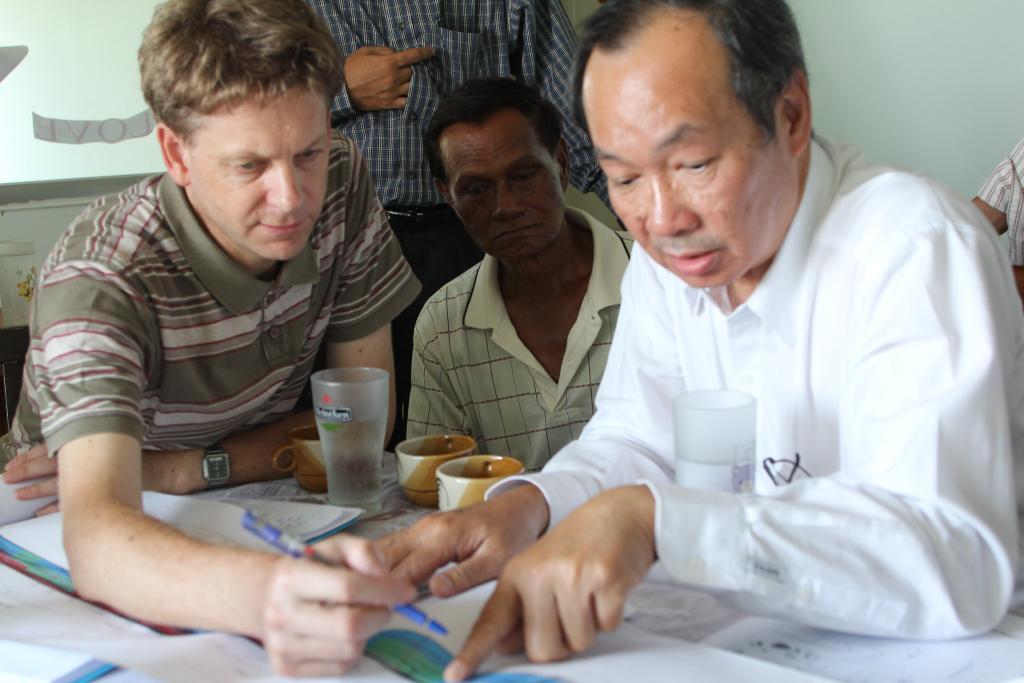
McCartney and Tangsutthinon outline the hydrology of the Bang Luang Dod sand pit near Ayutthaya. Looking on is Tawee Wongson, a local farmer who cultivates 60 acres of land. The floods last year kept his land underwater for three months; his house was one of only ten in the area (out of 140) whose second floor was not submerged—and only because he raised the second floor when the flooding started.

Wongson knows about climate change but said there is nothing he can do about it. He believes his generation is the last of farmers; the work on rice is too hard, too expensive, and too difficult to be in the field all day. His two sons moved to Bangkok to make a living, and he was not sure what would happen with his land when he could not farm anymore.
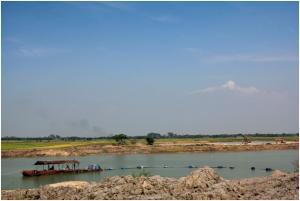
At another MAR site, backhoes have become part of the traditional rice paddy landscape. Relying on research by one of his colleagues, McCartney estimated that just over a quarter of the Chao Phraya’s rainy season floodwaters could be handled in this capacity. The effort would require 100 square kilometers of the Chao Phraya’s 160,000 square kilometer basin, and would cost under $1 billion to implement, well below the cost of the major flood disasters.
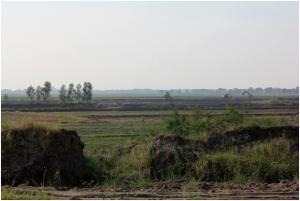
Current flood preparations revolve around the water levels of dams on the Chao Phraya. After the 2010 droughts, the water levels were kept higher to make more water accessible to farmers during drier times. But this in turn limited the ability of the dams to accommodate the record monsoons that took place last year. Adding Managed Aquifer Recharge to the mix of water management strategies may help farmers ride out the more extreme impacts of our changing climate.
This post was written by Jeff Haskins and Dan Klotz from Burness Communications, attending the Climate-Smart Agriculture Conference in Bangkok, Thailand. More updates from the conference will be published here on this blog, and on our Twitter account @Cgiarclimate and Facebook.


